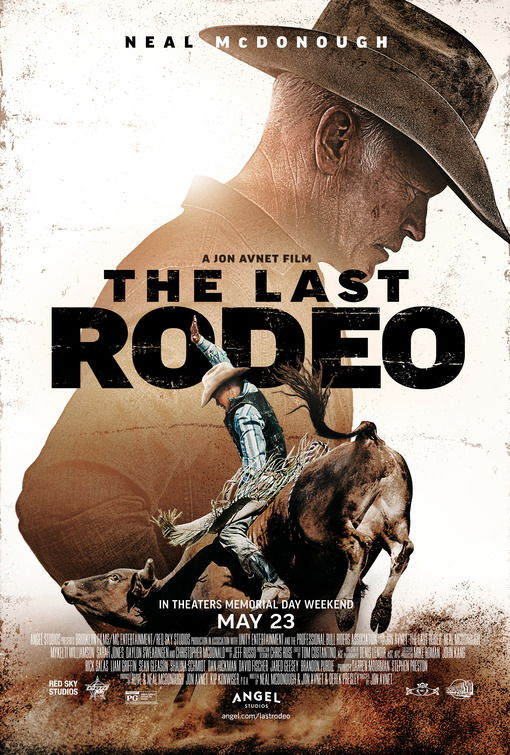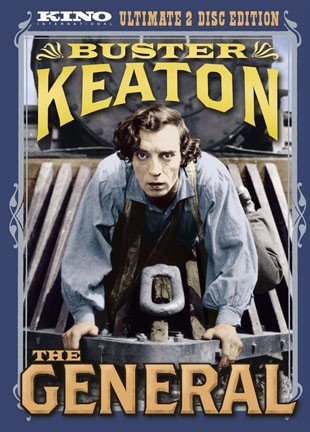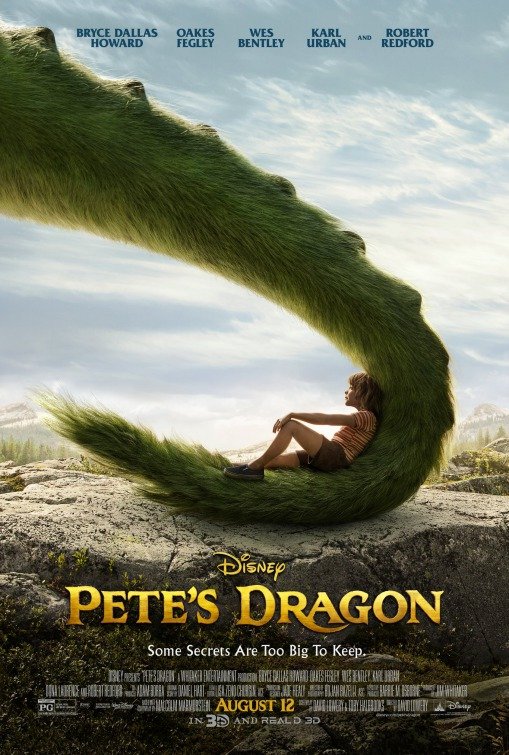By Cheryl Felicia Rhoads, Contributing Writer
There is much to enjoy about NIGHT AT THE MUSEUM: BATTLE OF THE SMITHSONIAN, which concerns the adventures of Larry Daley (Ben Stiller).
In this sequel, Stiller is no longer a financially struggling security guard at the Museum of Natural History, but has become an American success story due to his off beat inventions. But playing on the “Is that all there is?” theme, Stiller’s character returns to his old haunt. There, he is informed that several of his old wax figure friends are being shipped off to storage at The Smithsonian in Washington DC. Various adventures ensue. Yet, with all the buildings that encompass The Smithsonian, understandably the filmmakers are like those over stimulated kids in the candy store. Thus, in throwing in the proverbial kitchen sink, they sometimes don’t seem to know when to stop with the sweets and go for some fruit and vegetables.
The original film seemed to provide a more “balanced meal” if you will. There was a deeper foundation there when it came to important values. More traditional concepts like the necessity for a strong father and son relationship was key in the first film. Regrettably, in this sequel, splash is too often substituted for substance.
However, my main quibble with this new movie is a very specific one, and it concerns Bill Hader’s overblown depiction of George Armstrong Custer. The latter officer is most remembered for the disastrous Battle of the Little Bighorn, also known as “Custer’s Last Stand.” Thus, the actor and the filmmakers portray Custer as a bumbling blowhard and later on in the film, the character is even shown quaking with fear. Now a case can be made that the real life Custer may have been foolhardy, but it is also well documented that the real officer was known to be a risk taker (not ordinarily the characteristic of a coward). Yet, then in this film, the hapless General is supposed to rise to the occasion after a “you can do it speech” from Stiller’s character. Then afterwards, Custer is immediately knocked down in combat and it is Stiller’s character that perseveres. Of course, Stiller is the hero of this story, but after he encouraged the faltering soldier, there was no satisfying payoff after we were set up to see moral growth in Custer.
Even all that aside, what was most disconcerting was that this character early on declares something to the effect of “We Americans act first and think later.” Now this is a comedy, but humor is often used to undermine, and it lays a foundation in a larger theme of derision of more serious points. So that particular line uttered by a character we are meant to disrespect seemed an unnecessary dig. It is a disservice to those real Americans who have thought first and then acted – especially those who have truly sacrificed in riding to the rescue of others. Now if that line had only been more specifically about Custer, and not seemingly indicative of Americans in general, I would have had a completely different reaction.
Gone are the days of Hollywood’s Golden Age interpretation of Custer, which was heroic (see Errol Flynn’s depiction in THEY DIED WITH THEIR BOOTS ON). Now NIGHT OF THE MUSEUM: THE BATTLE OF THE SMITHSONIAN has made Custer into a figure of comical scorn (and perhaps deservedly so, but that can be debated elsewhere).
Of course, for their part, filmmakers of 60 years ago or so had a tendency to sometimes over-romanticize history. Yet, many directors and writers (and studio heads) of that period were either immigrants themselves or only one generation removed, so they lovingly depicted this country. They were so grateful to be in America, because they had suffered great hardships in their countries of origin.
That is no longer the life experience of today’s Hollywood, however. Graduates of film school and artists in our contemporary society have often been groomed by various elitist institutions to have a slight condescension (or even a strong one) against all things American. So now the pendulum has swung to the extreme in the opposite direction.
Certainly, both the first film and the sequel are meant to be light family comedies. Yet, it can be hoped that perhaps audiences, who came to laugh, might discover the real stories behind these fantasy versions of legendary figures. The facts tell a fascinating tale that may be as magical. . . even without special effects.
Questions or comments? Please write to us here.


 - Content:
- Content: 

